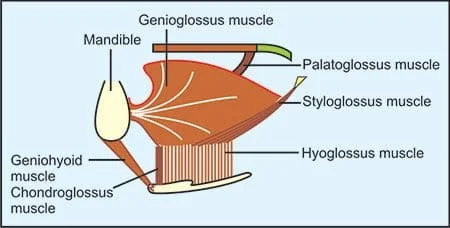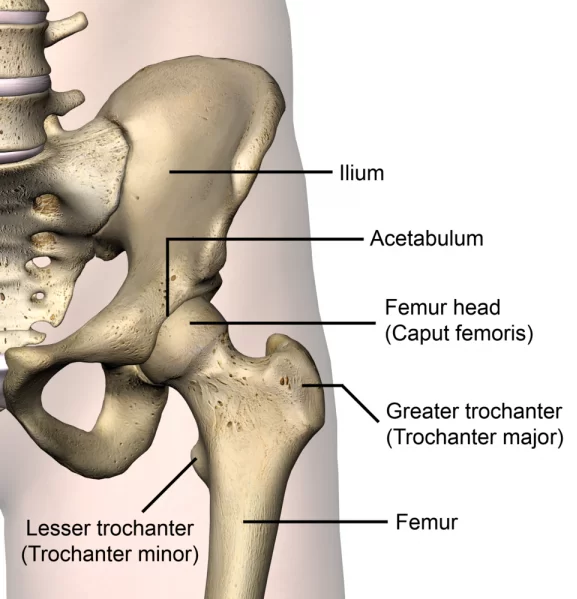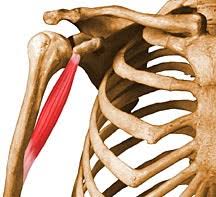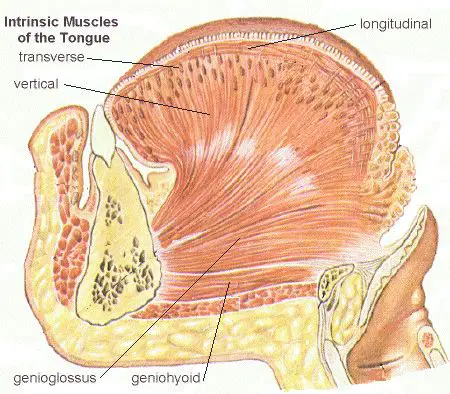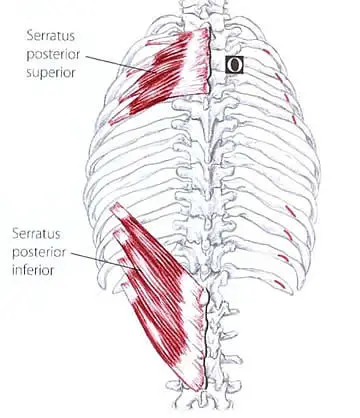Chondroglossus Muscle
Chondroglossus muscle:
a muscle sometimes described as a part of the hyoglossus but is separated from it by fibers of the genioglossus, which pass to the side of the pharynx.
One of the tongue’s muscles is the chondroglossus. It emerges from the hyoid bone’s medial side of the lesser horn before merging with the intrinsic tongue muscles. Specifically, the hypoglossal nerve supplies it.
Origin:
lesser cornu and body of the hyoid bone.
Insertion:
intrinsic muscular fibers of the tongue.
Nerve supply:
Hypoglossal nerve.
The hypoglossal nerve’s first lateral branch innervates the chondroglossus. According to certain research, it lacks proprioceptive spindles, which are used to detect stretch.
Action:
depresses the tongue (some consider this muscle to be part of the hyoglossus).
Structure
Approximate length of the chondroglossus muscle is 2 cm. It emerges from the base and medial side of the hyoid bone’s smaller horn. It moves straight up. It then inserts by fusing between the genioglossus and hyoglossus, the intrinsic muscles of the tongue.
It is sometimes stated that the chondroglossus muscle is a component of the hyoglossus. is, however, divided from it by genioglossus fibers that extend to the pharynx’s side.
Clinical Importance
During suprahyoid release surgery, which can be utilized for trachea resection, the chondroglossus muscle may be cut.

